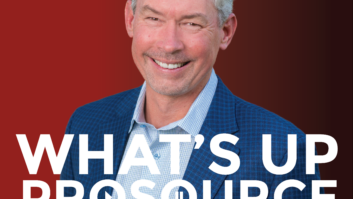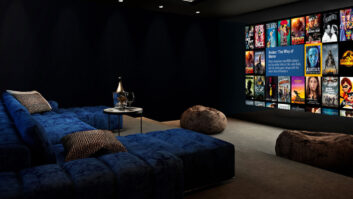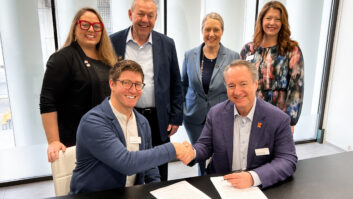I have been traveling quite a bit lately — from Savant and USAI’s lighting training event, to CEDIA HQ’s grand opening, to Crestron’s Master 2019, to the HTSA Spring Conference — but if you’ve met me at one of these industry events, you may not remember it.
That’s no fault of yours, as I tend to slip from memory fairly quickly (and the reason my personal Twitter handle is @soforgettable). While I am not completely a shrinking flower, you certainly wouldn’t mistake me for Tony Robbins in terms of personality.
While I continue to work on my presentation skills, what my blend-in persona has allowed me to do is to become a keen observer and a good listener. So when I go to these industry events I participate in conversations, and I learn a ton from listening to those in the room who, fortunately for me, are all very knowledgeable.
Interestingly enough, listening has come up as a topic at a few of these recent gatherings, in the terms of not listening enough to clients. The highest profile form of that thought came from architect and TV host Danny Forster, who provided a compelling keynote speech at Crestron Masters 2019 and also participated in the Diamond Programmers Panel. In that panel, which addressed commercial and residential integrators, Forster said that he has had instances of bringing AV integrators into the process early, but they told the clients what they needed instead of listening to what they were looking for.
Recent talks with high-end home integrators have also revealed that they, too, stress the importance of listening to the client (or potential client) and delivering on exactly what they ask for, then offering to expand the system using their own expertise.
The consensus seems to be that the longer you’ve been in this industry, the more obvious the solutions are for you. But for many of your clients, much of this is new to them. They have ideas — and maybe not all are good ones — but they cannot be made to feel uninformed or, just as bad, unheard. This is particularly true for new clients — especially if the result of your initial conversation involves a massive list of prescribed equipment purchases.
Back in December, Henry Clifford wrote a blog for residentialsystems.com called “Fixing Lousy Proposals By Putting The Customer First,” where he pointed out what was wrong with his current proposals and committed to fixing them. Part of the fix included four key areas:
- Simple descriptions
- Ongoing service and support options
- Easy to understand summaries
- Add-ons and upgrades
What better way to show a new customer that you listened to them than with a proposal that uses real-world language to answer their questions and tell them how you are going to solve all their problems. (Well, the technology-based ones, anyway.)
I hope I get to run into you at an industry event soon. If you’ve got something on your mind, please share it with me. I’d love to listen to what you’ve got to say.







